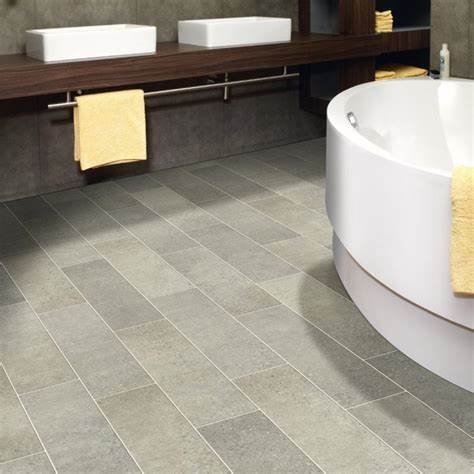Woodworms in Urban Environments: Challenges and Solutions
As urban areas expand and evolve, the challenges posed by woodworms—larvae of wood-boring beetles—have become increasingly relevant. These pests not only threaten the structural integrity of buildings and furniture but also pose unique challenges specific to urban environments. Understanding these challenges and implementing effective solutions is crucial for homeowners, property managers, and urban planners alike. This article explores the complexities of woodworm infestations in urban settings and offers practical solutions for managing and preventing them.www.shashel.eu
1. Understanding the Urban Environment
The Ideal Habitat
Urban environments often present favorable conditions for woodworms:
- Aging Infrastructure: Older buildings frequently contain untreated or vulnerable wood, making them prime targets for infestations.
- High Humidity Levels: Urban areas with poor ventilation or high moisture—especially in basements and attics—create ideal breeding grounds for woodworms.
- Abundant Food Sources: The presence of wooden furniture, flooring, and structural elements provides ample food for wood-boring larvae.
Challenges Faced
- Limited Detection: In dense urban settings, woodworm damage may go unnoticed until significant harm has been done, often hidden within walls, floors, or furniture.
- Rapid Spread: The interconnectedness of urban structures can facilitate the quick spread of woodworms, especially in multi-unit buildings where infestations can migrate from one unit to another.
- Environmental Regulations: Urban areas may have stricter regulations regarding pest control methods, limiting the use of certain chemical treatments that could effectively address infestations.
2. Identifying Signs of Infestation
Early detection is key to managing woodworm infestations. Common signs to look for include:
- Exit Holes: Small, round holes on the surface of wooden items indicate adult beetles have emerged.
- Frass: Fine, powdery dust or pellets found near exit holes suggest active feeding within the wood.
- Tunneling: Visible channels within wood can signal the presence of larvae actively feeding.
Regular inspections, especially in older buildings, can help catch infestations early.
3. Effective Solutions for Urban Woodworm Infestations
1. Preventive Measures
- Moisture Control: Maintaining low humidity levels is critical. Use dehumidifiers in damp areas and ensure proper ventilation to reduce moisture buildup.
- Regular Maintenance: Routine inspections of wooden structures and furniture can help identify potential problem areas before infestations occur. This includes checking for leaks and repairing damaged roofing or plumbing.
- Use of Treated Wood: In new construction or renovations, opt for pressure-treated wood, which is less susceptible to woodworm infestations.
2. Targeted Treatments
- Chemical Treatments: When infestations are detected, applying insecticides designed for wood-boring beetles can be effective. It’s essential to follow local regulations regarding chemical use in urban environments.
- Non-Chemical Solutions: Consider heat treatments, which involve raising the temperature of the wood to a level lethal to woodworms. This method is effective and environmentally friendly.
- Biological Control: Introduce natural predators, such as certain nematodes, that target woodworm larvae. This method can be part of an integrated pest management strategy.
3. Community Awareness and Education
- Workshops and Information Sessions: Organize community workshops to educate residents about woodworms, their signs, and prevention methods. This can foster a collective approach to pest management.
- Informational Materials: Distribute brochures and flyers that outline the risks of woodworms and provide tips for prevention and early detection.
4. Collaboration with Professionals
Engaging pest control professionals who specialize in woodworm management can provide valuable insights and strategies tailored to urban environments. These experts can conduct thorough inspections, recommend appropriate treatments, and offer guidance on preventive measures.
5. Long-Term Strategies
Building Codes and Regulations
Advocating for updated building codes that require the use of treated wood in new constructions and renovations can help mitigate future infestations. Urban planners and local governments can play a vital role in implementing these changes.
Monitoring and Research
Investing in research to better understand the behavior and ecology of woodworms in urban settings can inform future pest management strategies. Continuous monitoring of woodworm populations can help detect emerging trends and inform preventative actions.
6. Conclusion
Woodworms present unique challenges in urban environments, but with proactive measures and effective solutions, homeowners and property managers can mitigate the risks they pose. By focusing on preventive strategies, early detection, and community awareness, urban areas can better manage woodworm infestations. Collaboration with pest control professionals and local authorities will further enhance these efforts, ensuring the safety and integrity of wooden structures in our cities. With a collective approach, communities can successfully tackle the issue of woodworms and maintain the health of their urban environments.


